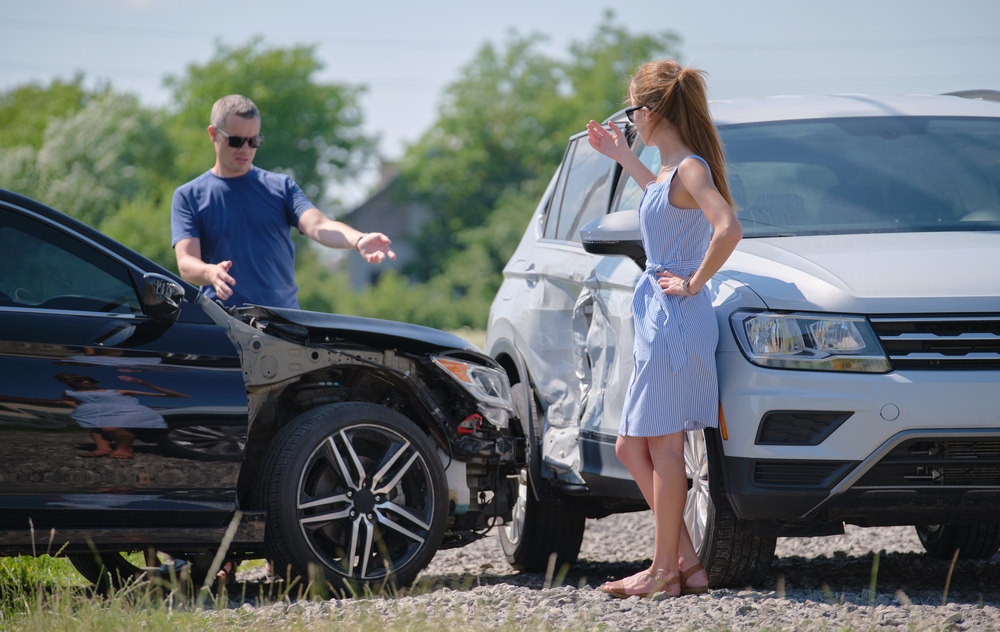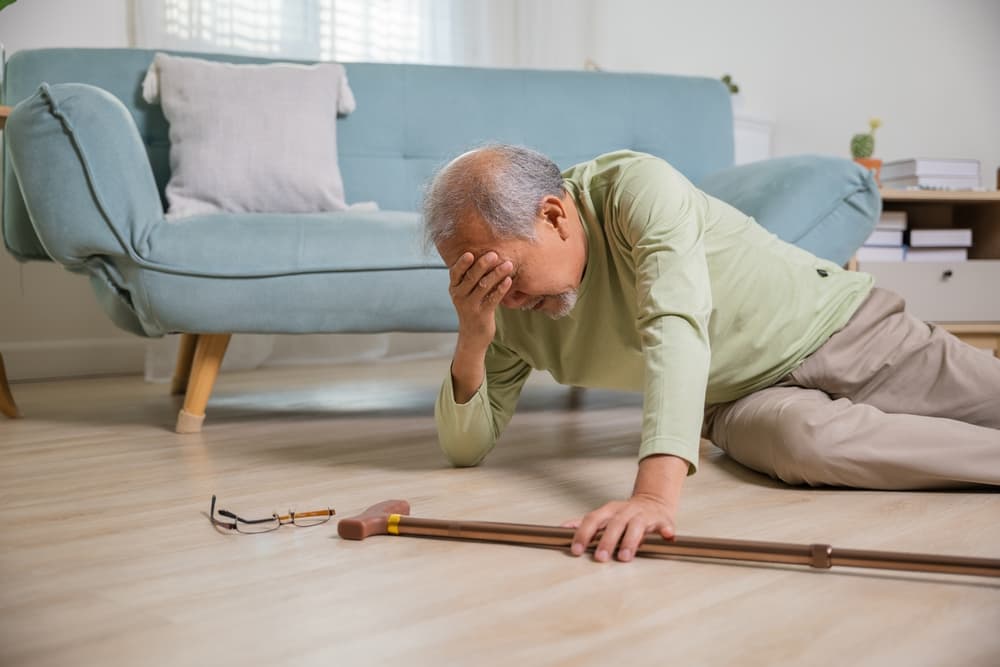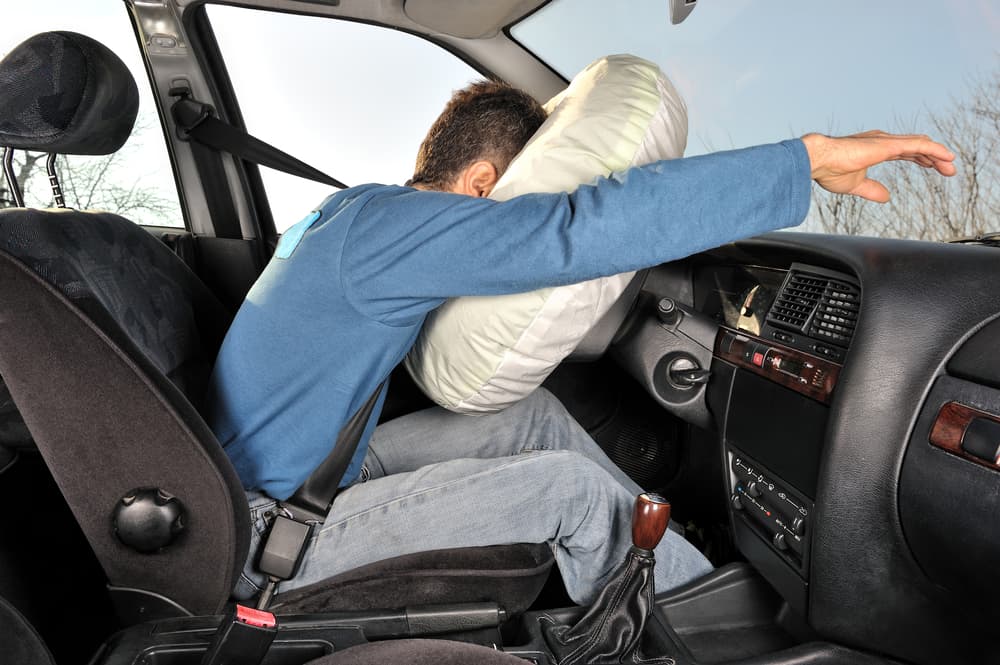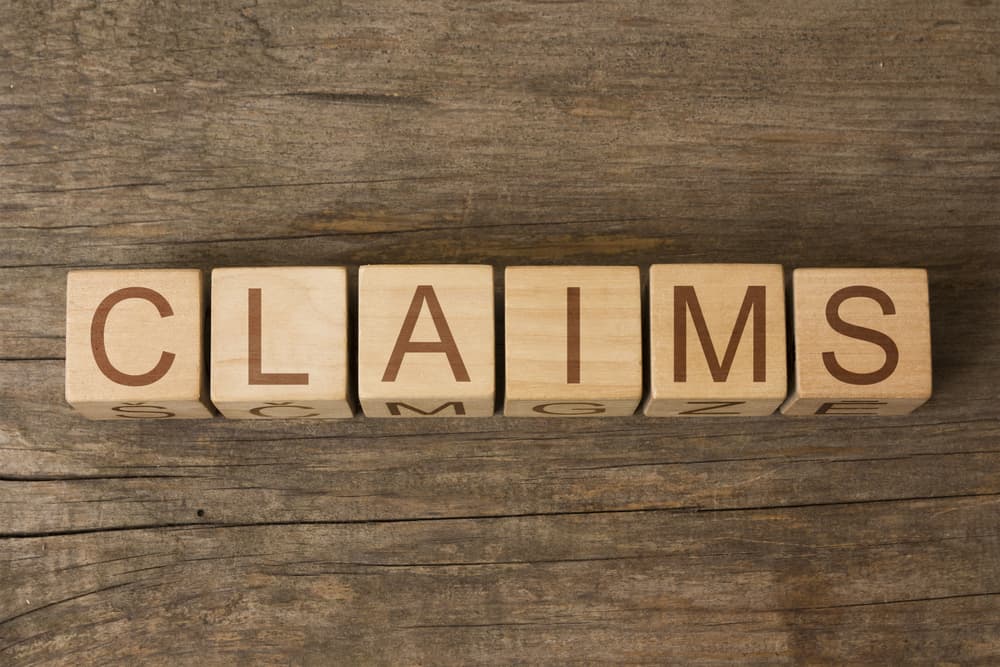After a car accident, you will need compensation for injuries and damage to your car. The road to compensation has a few turns and roadblocks, including how to tell who is at fault in a car accident.
Determining who is liable in a car crash isn’t always known at first. For this and several other reasons, it’s best to hire a New Port Richey car accident lawyer to handle your claim on your behalf and fight for your right to financial recovery.
Why is it Important to Prove Fault After a Car Crash?
The party responsible for causing your accident should be financially responsible for your damages. Without figuring out who the at-fault party is, it will be nearly impossible to recover monetarily for your collision.
After an accident, you only have one chance at pursuing justice and compensation, so you want to ensure you do it right. Establishing fault can substantially help you get the outcome you deserve.
Fault for a Car Accident Typically Depends on the Cause and Type of Accident
Sometimes, figuring out fault seems relatively simple. If you’re in an accident with one other vehicle, and you know you didn’t cause your accident, the other driver must automatically be at fault, right? Not necessarily.
Usually, fault depends on the cause of your crash. Car accidents are often a result of negligence.
Some of the usual causes of motor vehicle collisions include:
- Distracted driving
- Fatigued driving
- Driving while under the influence
- Speeding
- Aggressive driving
- Unsafe road conditions
- Road construction
- Malfunctioning or defective vehicle or vehicle parts
Furthermore, the resulting collision can also provide insight into fault.
Some of the common kinds of car crashes include:
- Rear-end collisions
- Head-on accidents
- T-bone collisions
- Side impact crashes
For example, if another driver runs into the back of your car and causes a rear-end collision, they will likely be at fault for your accident. Regardless, while the cause and type of accident can be a great indicator of fault, assumptions are not concrete answers. An investigation must still take place to provide more solid proof.
Fault Determines Who is Going to Pay for Your Accident
Without figuring out who’s at fault for your accident, how will you know who to pursue financial recovery from? Fault can lie with one party alone, but in some cases, several parties might share the blame.
Some of the parties that are commonly at fault in car accidents include:
- Vehicle drivers
- Truck drivers
- Bus drivers
- A driver’s employer
- Car and car part manufacturers or distributors
- Mechanics in charge of vehicle maintenance
- The city or other governmental entity
Regardless of whether your claim involves one or multiple parties, you must determine who is to blame. Once you know who is at fault for your collision, you proceed with your compensation claim.
What Evidence is Needed to Determine Who is at Fault for a Car Accident?

Simply claiming that the defendant is responsible will never be enough when attempting to prove fault. Instead, you need to provide irrefutable evidence to substantiate your claims and strengthen your case.
Several pieces of evidence and documentation can help establish fault, but the following are examples of common evidence of liability.
Police Reports
Police reports can play a vital role in car accident claims.
Many states require drivers to report accidents under certain circumstances. For example, you may need to report your accident if someone suffered an injury or died and there was property damage. Typically, you can report your accident in various ways, but calling the police from the scene of the accident is one of the easiest and best ways to do so.
After a car accident, call 911 and let the operator know what’s happened. Ask for police assistance, and if anyone suffers an injury, also request emergency medical services.
Once law enforcement officers arrive at the car crash scene, the real work begins. They’ll survey the scene, speak to all parties and witnesses, and take down pertinent information.
Officers use the information they gather at the accident scene to create a police report.
Police reports contain plenty of critical information regarding your accident, including:
- Date, time, and location
- Contact and car insurance information of all parties involved
- Vehicle information for all cars involved
- Witness contact details
- A diagram of the collision
- Description of the weather and road conditions at the time of the crash
- Resulting property damage and injuries
- Any citations officers gave out
- The name, agency, and badge information of officers at the scene
Also within these details, police officers may provide their opinion on who was at fault for the collision. Because law enforcement officers have seen and experienced many accidents, they can usually tell who is responsible for a collision just based on the information they gather at the scene.
Car accident attorneys often use police reports to further prove their claims of a party’s fault.
Traffic Cameras or Surveillance Footage
Whether you realize it or not, cameras are everywhere. While the thought may be slightly unsettling, there are circumstances where traffic and surveillance cameras come in handy, like when a car crash occurs.
An experienced car accident lawyer can determine where there may be helpful cameras based on the location of your crash. If a government-owned or privately owned camera captured the collision, an attorney can take the necessary steps to request and obtain footage to provide a clear visual of your accident.
Insurance companies have a difficult time refuting video evidence, as it objectively shows exactly what happened leading up to the crash.
Medical Records
Believe it or not, medical records can also provide crucial insight into fault.
You should seek medical attention as quickly as possible when you’re in a car accident. Even if you believe you didn’t suffer any injuries, you should still allow a medical professional to examine you, as injuries sometimes take hours to days to become noticeable.
Every doctor’s visit, diagnosis, and treatment recommendation will be in your medical records. These medical records can speak volumes and help you prove the responsible party’s fault for injuries.
For example, whiplash is a common injury associated with rear-end collisions. You can pair your medical records detailing your whiplash injury and proof of damage to the rear of your car to paint a better picture, indicating the rear driver’s fault.
Car accident attorneys often get creative with their use of medical records, as these documents can substantially help in your pursuit of compensation.
Witness Statements
Depending on the location of your accident, there may have been witnesses. If so, it’s helpful to speak with witnesses and get their contact information, as their recollection of the events leading to your crash can prove particularly helpful.
Car accident lawyers can get formal statements from witnesses to use for your claim.
Traffic Citations
If police officers issued traffic citations, you can use these tickets to further show fault.
For instance, failing to stop at a stop sign is against the law. If a driver blew through a stop sign and caused a side impact collision, law enforcement officers may issue a citation for that infraction.
You can use the issuance of this citation to your advantage and use it as pertinent evidence to show the other driver’s fault.
Proving Fault Is Necessary, Regardless of the Way Your Pursue Damages
Usually, there are two ways to fight for compensation after an accident: by filing a collision claim through insurance or filing a personal injury lawsuit in court. Regardless of which road you take, you’ll need to prove fault all the same.
When you file a car insurance claim, either through your insurance or the at-fault driver’s insurance, you’ll need to show the insurance company why and how the other driver was at fault. You can include proof, like evidence and documentation, to prove your claims.
Even though insurance companies investigate accidents, car accident attorneys also perform their investigations to gather information and support your case.
When you file a personal injury lawsuit, the opposing party depends on your situation. You may file a lawsuit against the insurance company or the at-fault party themselves. Regardless of who the party on the other side happens to be, you must still establish the responsible driver’s fault.
No matter which direction you go, there is no way of escaping fault after a car accident.
How Does Fault Work if My Accident Was a Hit and Run?
Hit-and-run accidents are a common and distressing occurrence. Not only do you suffer injuries and property damage, but you cannot follow the usual procedures of exchanging information with the other driver. Therefore, it’s normal to wonder how to address fault in these unfortunate situations.
If the police catch the offending driver, you can prove their fault like any other car accident case. If not, however, you must prove to your uninsured motorist carrier that someone else caused the crash and fled the scene. A police report and witness accounts can help you prove these assertions.
A skilled car accident attorney can review the details of your car crash and provide personalized advice about a hit and run.
Does It Matter if the at-Fault Driver Is Uninsured?
Some drivers in Florida still choose to violate state law and drive uninsured. When an uninsured driver causes an accident, this can mean unnecessary difficulty for victims. If you have uninsured motorist coverage under your car insurance, this can help you recover monetarily for a collision, even if the other driver was at fault. Some states require this type of coverage, while others make it optional.
On the other hand, you can file a personal injury lawsuit against the responsible driver. Filing a claim in court can help you pursue financial recovery for the injuries and losses caused by your collision. For your lawsuit, you will need to prove the driver was at fault to succeed.
If you’re in a car crash with an uninsured motorist, this can be frustrating and stressful. A car accident attorney can guide you and determine the best way to seek compensation.
How Can a Car Accident Attorney Help You With Your Accident Claim?
After a car accident, one of the first things you should do is contact a lawyer. It’s never too early to speak with a car accident attorney.
While you can handle your accident claim on your own, people who choose to hire legal representation usually fare better when it comes to the amount of compensation they receive. The following are some of the most notable advantages of having an experienced car accident lawyer on your case.
A Lawyer Can Investigate Your Accident
Investigations are usually necessary to answer some of the most burning questions, including what caused your accident and who was at fault. You can trust your lawyer to investigate your accident and collect critical information for your case.
A Lawyer Can Determine Fault
Who better to figure out who’s behind your accident than an attorney? Lawyers have the right resources and experience to not only pinpoint who caused your accident but also exhibit the connection between the other party’s actions and your collision.
A Lawyer Can Aggressively Pursue Compensation
When you hire an attorney, you know you have a fierce advocate on your side. Regardless of what challenges you may encounter on your path to compensation, no obstacle is too great. Car accident lawyers rely on their legal tactics and strategies to get clients the full and fair compensation they need and deserve.
Do Not Wait to Consult an Experienced Car Accident Attorney

After a car accident, you have limited time to take action. The sooner you meet with your lawyer, the quicker they can begin working on your claim.
When you hire a car accident attorney, you can feel confident knowing your legal representative will show the other party’s fault and do everything to secure favorable compensation on your behalf.



